IMF Managing Director Christine Lagarde on trade war:-
- She urged politicans to “resolve trade disagreements without resort to exceptional measures”.
- “Trade wars not only hurt global growth, but they are also unwinnable”.
- “We know that the self-inflicted harm of import tariffs can be substantial even when trade partners do not retaliate with tariffs of their own,”
- “We also know that protectionism is pernicious, because it puts the biggest strain on the poorest consumers who buy relatively more low-priced imports. In other words, harming trade is bad for the economy and bad for people.”
- “The way to address global economic imbalances is not to raise new obstacles to trade. Using fiscal means to address global imbalances is critical. This includes, for example, lowering deficits in the US to bring public debt towards a sustainable path, and stronger infrastructure investment and education spending in Germany,”
- “And importantly, those who are adversely affected by globalization and technological progress should receive more support to ensure that they can invest in their skills and transition to higher-quality jobs.”
The IMF’s Global Prospects and Policy Challenges report:-
- “The global expansion is gaining strength from the pick-up in international trade, and it should not be put at risk by the adoption of inward-looking policies,”
- “The modernization of the rules-based multilateral trade system should continue, anchored in the World Trade Organization, with well-enforced rules that promote competition and a level playing field. Co-operation is also needed to tackle excess global imbalances.”
- “The re-emergence of unilateral trade restrictions may escalate tensions and fuel global protectionism, disrupting worldwide supply chains and affecting long-term productivity.”




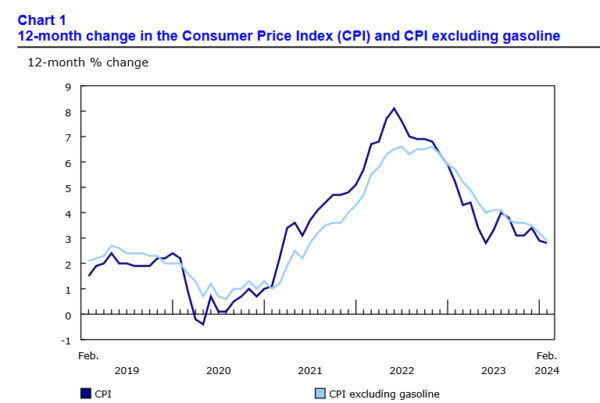
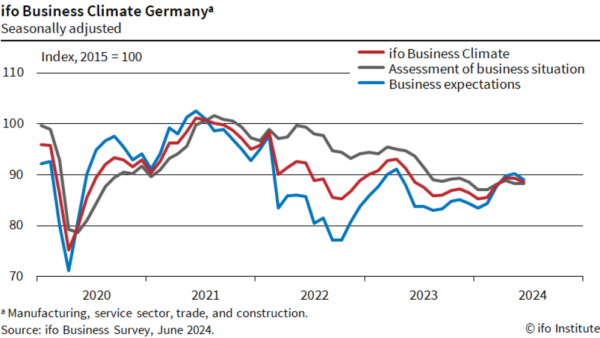
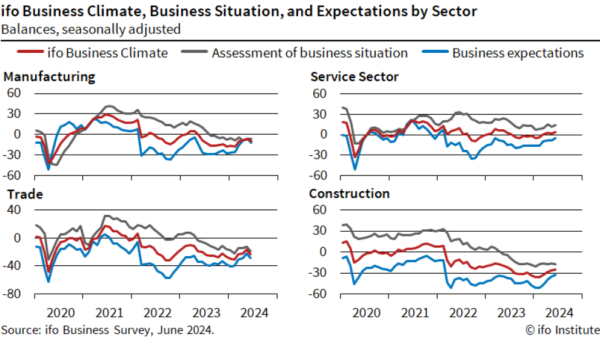
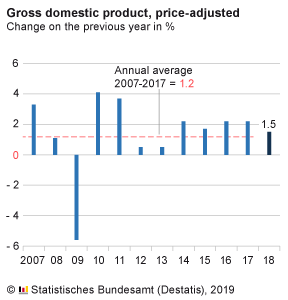
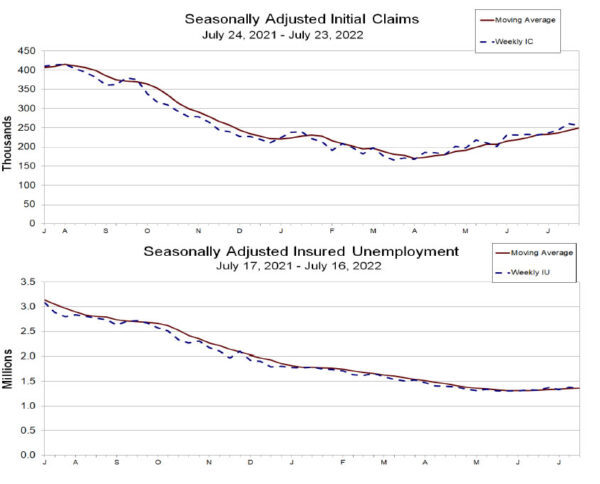
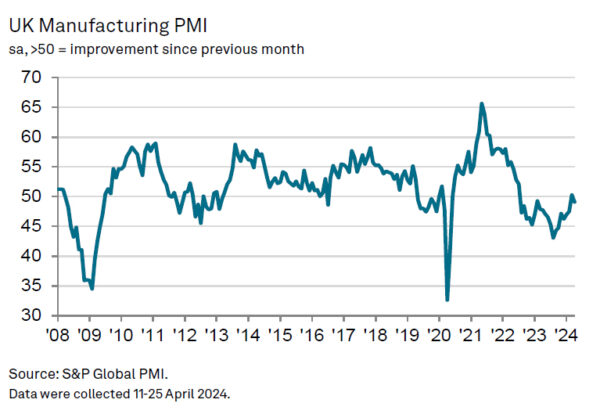
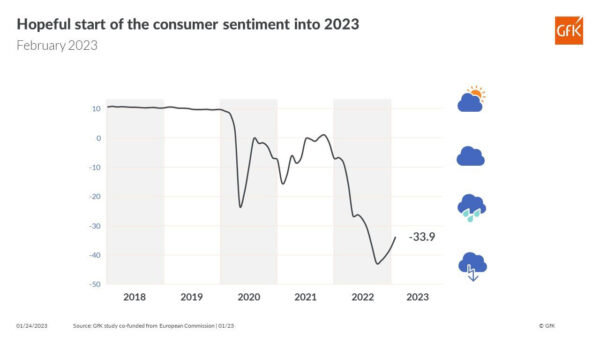
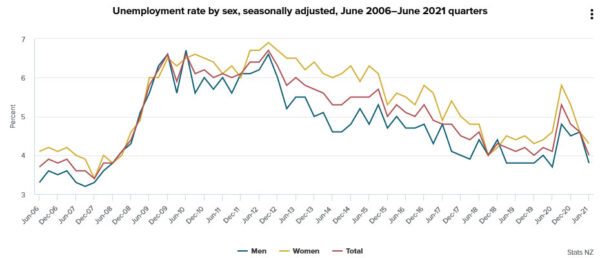
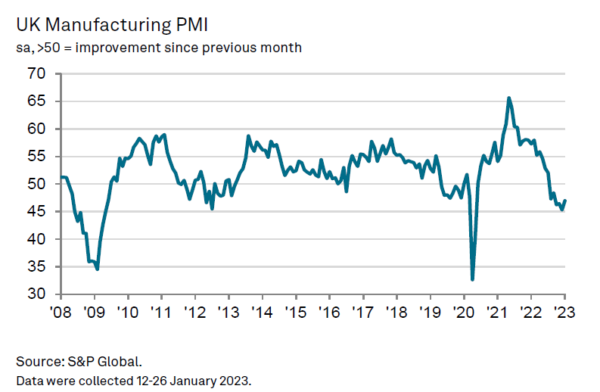
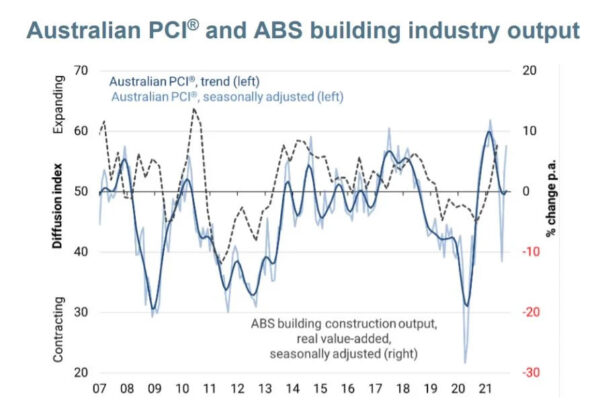
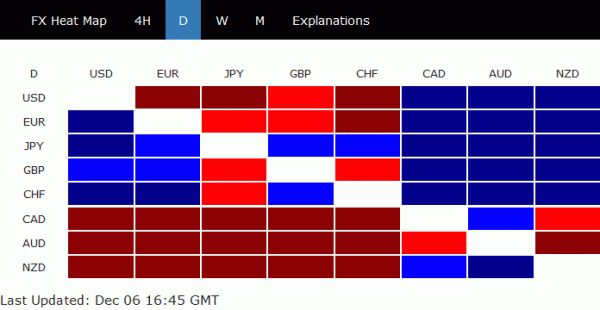
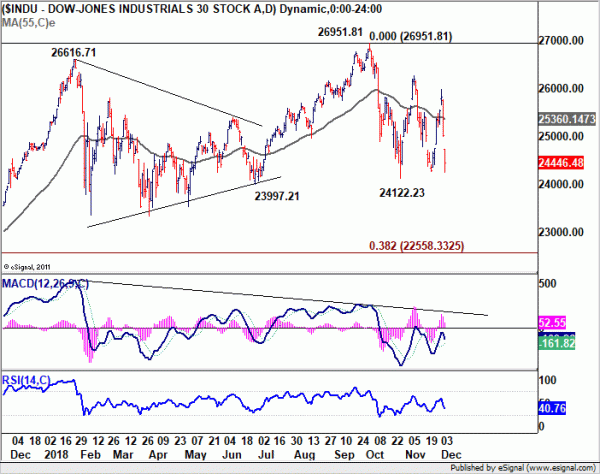
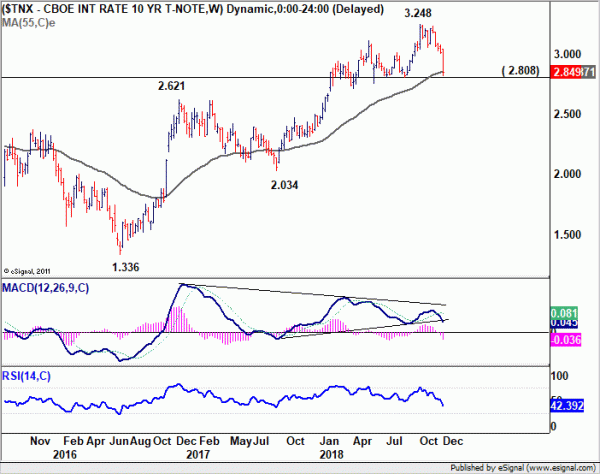


China tells US to stop being a school bully as new tariffs kicked in
New 15% tariffs on more than USD 125B in Chinese imports took effect over the weekend, while the levies on the rest of USD 300B are still on track for December 15. China also started retaliation on the USD 75B in American goods. At the same time, US President Donald Trump indicated on Sunday that talks are still planned for September. He noted, “we are talking to China, the meetings in September, that hasn’t changed.”
On the other hand, Chinese state media repeated its hard line messages. The official Xinhua news agency warned “the United States should learn how to behave like a responsible global power and stop acting as a ‘school bully’.” The People’s Daily also emphasized “China’s booming economy has made China a fertile ground for investment that foreign companies cannot ignore.”